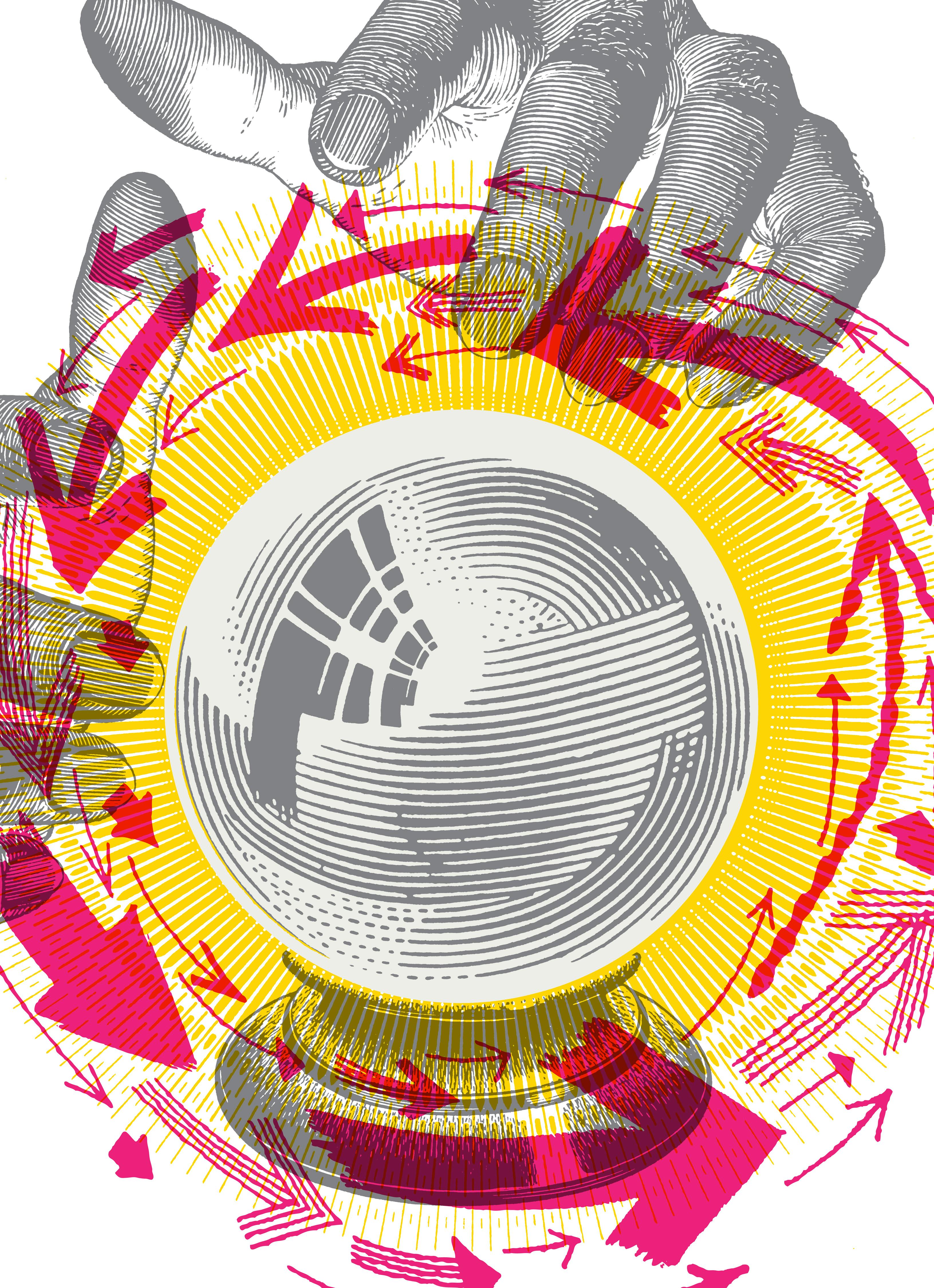When only futures will do
Some of the most defining — and market-moving — events over the past decade have come outside of regular trading hours.
Welcome to Sherwood’s deep dive into futures markets, presented in partnership with ![]()
Risk never sleeps, but the stock market doesn’t even work a full nine-to-five.
And yet some of the most defining — and market-moving — events over the past decade have come outside of regular trading hours. In addition, the release of top-tier economic data routinely occurs before the opening bell is rung.
In order to participate maximally in financial markets as they’re shaped by an unending torrent of geopolitical, economic, policy, and electoral news, there are times when only futures will do.
2016 US election
The hottest party on November 8, 2016, wasn’t at the New York Hilton Midtown or the Javits Center, where the Republican and Democratic nominees were anxiously awaiting the results of the vote.
It was in the futures market. As early results poured in shortly after 7 p.m. ET, showing a much tighter race than anticipated, traders reacted instantly, with S&P 500 e-mini futures erasing early gains of as much as 0.8%. The selling crescendoed as results showed Hillary Clinton trailing Donald Trump in the battleground states of Florida, North Carolina, and Ohio — nearly cementing an unexpected outcome.
Minutes before midnight, with the race all but over, markets were fully gripped by the fear of the unknown. S&P 500 e-mini futures were halted after falling 5%. At that time, a 5% drop was “limit down,” though the threshold has since been expanded to 7%.
Shortly thereafter, Carl Icahn left the New York Hilton Midtown as the victory party raged, deciding there was money to be made in the futures market. He put about $1 billion to work in the wee hours of Wednesday morning, confident that investors would learn to love the real estate mogul’s tax-cutting and deregulatory campaign.
He didn’t have to wait long: futures staged an enormous comeback and ended the next session up more than 1%.
“The S&P was so liquid — it was unbelievably liquid — the world was going nuts,” Icahn recounted on Bloomberg TV that day. “Last night it was amazing; the world was going into a panic with no reason.”
Russia’s invasion of Ukraine
Sometimes, a known event yields unexpected results. Other times, the sudden appearance of a rumored, but unknown, event triggers market volatility.
Such was the case on the night of February 23, 2022, when Russia’s unprovoked invasion of Ukraine propelled West Texas Intermediate futures above $100 per barrel.
Given Russia’s role as a major producer and exporter of black gold, oil was the most logical way to express views on the evolution of the war and potential for shortages. And futures were the trading vehicle that facilitated just that as news broke.
That was far from the last time during the war when oil futures responded to new information or pronouncements from political leaders on sanctions or countermeasures. One such instance came on May 4, when European Commission President Ursula von der Leyen said EU member states would proceed with “a complete import ban on all Russian oil, seaborne and pipeline, crude and refined,” providing another jolt to crude futures.
Nonfarm, on futures
It’s not just during the exceptional events, but also regularly scheduled programming that futures are the finance world’s instrument of choice.
Most high-profile US economic data is released before 9:30 a.m. ET, including the monthly nonfarm payrolls and the PCE inflation reports. Those are the two most important pieces of data that inform the Federal Reserve’s progress toward its dual mandate of full employment and stable prices, and as such, are often catalysts for trading activity.
While premarket trading in ETFs that track the broad market is available at these times, the amount of money running through that pales in comparison to futures.
Consider the most recent nonfarm payroll report, released on September 5. Per Bloomberg data, the notional value of volume traded through S&P 500 e-mini futures from 4 a.m. ET until regular trading hours began was nearly 30x that of the SPDR S&P 500 ETF Trust, the most heavily traded ETF on the planet.
